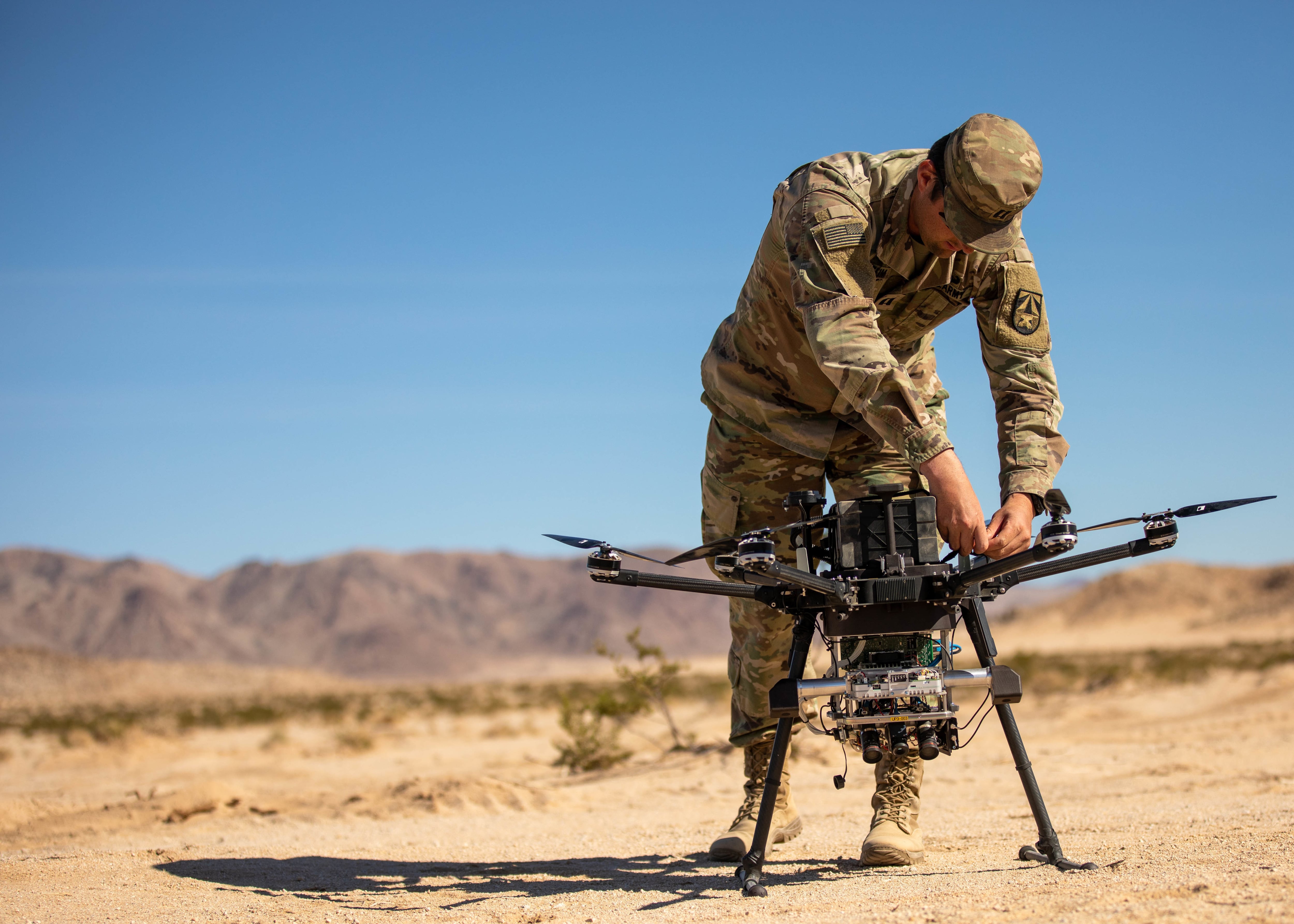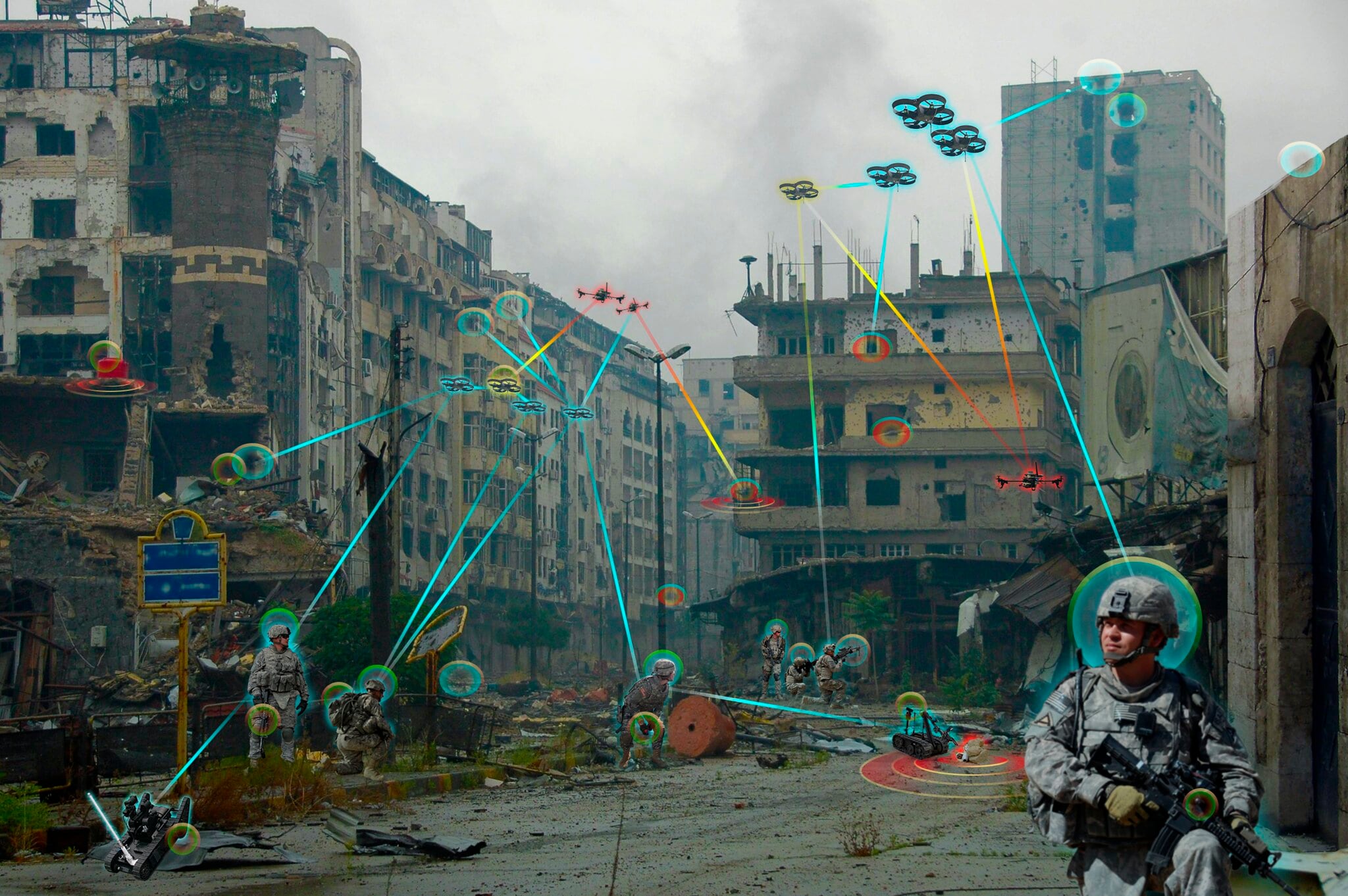Amid the Pentagon’s claims that it is prioritizing artificial intelligence, the usually supportive General Accountability Office has entered the chat.
A recent report by the GAO dinged the Department of Defense, saying it lacks standardized guidance for organizations to field and acquire AI at speed. While the DoD has made progress, including the establishment of rapid acquisition pathways for software and the release of ethical AI principles, barriers to entry for companies still exist and are real.
I continue to be disappointed by the lack of technology in the hands of our warfighters. I admit I could have done more when I worked as the Deputy Chief of Staff to then Defense Secretary Jim Mattis, and I recognize the difficulty in implementing department-wide change. That said, I am driven by my experience that, as an Infantry Battalion Commander while on the ground in Afghanistan, my nephew on the streets of Brooklyn had more advanced technology in his cell phone than my squad leaders had in combat. Even today—12 years later—the gap hasn’t closed. With the threat of China looming, it’s more important than ever.
RELATED

That’s not to say there hasn’t been progress.
At the Joint level, the creation of the Chief Digital and Artificial Intelligence Office last year and the elevation of the Defense Innovation Unit under the Secretary of Defense this year offer potential to accelerate the Defense Department’s adoption of new technologies. At the Service level, there are innovation hubs including AFWERX, the Army’s Software Factory, and NavalX. But these small joint organizations and service-specific cells are unable to solve Department-wide problems.
In order to provide the best capability to our warfighters and stay ahead of our adversaries, we must deploy the most cutting-edge, disruptive technology—faster and at scale. Speed and scale are chronic DoD challenges, but they are essential for enduring advantage, and nowhere more than at the intersection of AI and national security.
It’s vital for the Defense Department to integrate AI capabilities at every level. I’ve witnessed firsthand how innovative AI companies can increase a commander’s battlefield situational awareness, and how data at the point of need supports operational decision making. From the tactical to the strategic level, our warfighters are leveraging AI to sort through vast amounts of publicly available information and cue existing anomalies or inflections. These tools provide decision-makers near instantaneous situational awareness, and become actionable inputs into the intelligence process when supplemented with classified data.
There is an ever increasing number of these transformative tools created by innovative, patriotic companies interested in doing business with the Defense Department. But they struggle getting through the Pentagon’s front door and at scaling their capabilities to the warfighters. This issue is heightened for AI companies who have to navigate an increasingly complex acquisition maze, one that requires them to apply principles originally created around the maturation timeline of hardware and machinery such as tanks, ships, and planes to the rapid development cycle of AI and software
Faster and effective acquisition pathways that allow the Defense Department to acquire software at speed are not performing as intended, despite their creation in 2020. AI technologies require even more agility than typical software.
To fit AI into the acquisition puzzle, Congress and the Defense Department must supercharge an acquisition framework that allows the Pentagon to validate and implement trusted AI products at speed. This requires the Pentagon to create agile ramps for software and AI capabilities into and out of the requirements, acquisition, and fielding processes. While the software acquisition pathway created in 2020 allows iterative fielding, AI algorithms are continuously learning and therefore must be continually retrained as the environment changes.
Not only do AI models need to be refreshed, but so do our warfighters. AI companies are able to quickly meet warfighter needs, but both the coder and the operator need to work together to ensure the AI solution is intuitive and enhance its operational impact. This breaks the mold of traditional programs of record that require years to field and weeks in a schoolhouse to learn. New agile processes that account for changes in the technology and operational environment must be baked into the entire capability cycle.
Universal standards
To enable faster acquisition, leaders should prioritize creating shared acquisition guidelines across the defense enterprise to capture accurate and universal AI standards, so organizations and industry know the applicable standards for adopting and scaling, and can identify the best technology to meet the Defense Department’s requirements. The Chief Digital and Artificial Intelligence Officer’s AI specific innovative, rapid, and flexible contracting vehicles under its Tradewinds ecosystem to further adoption at speed and scale is a strong start. The U.S. Cyber Command and the National Security Agency also have an important role to play to set Pentagon-wide security standards for AI through rigorous test and evaluation phases to ensure products perform as intended.
To increase trust, leaders throughout the Department should incentivize “radical transparency” in AI companies, such as employing ethical usage aligned with the DoD’s ethical principles, abiding by strict privacy laws, adhering to data source agreements, and diligently validating their technology. But they must also go a layer deeper. Take companies who work with publicly available information for example, they abide by an additional set of standards including preventing surveillance on U.S. persons and ensuring continued access to varied data sources.
Technologies that can radically transform how the government operates already exist. Now the onus is on the Defense Department to rapidly field them at scale. Buy, try, decide. If it fails, let it fail fast. And try again. We owe our squad leaders of the future the very best technology our nation can provide.
Tony DeMartino is a founding partner of Pallas Advisors, a strategic advisory firm specializing at the intersection of technology and national security. He served 25 years as an Army officer, with over five years of combat deployments in both Iraq and Afghanistan. He was most recently the Deputy Chief of Staff to the Secretary of Defense and the Chief of Staff to the Deputy Secretary of Defense, where his portfolio focused on technology and modernization.
Have an opinion?
This article is an Op-Ed and the opinions expressed are those of the author. If you would like to respond, or have an editorial of your own you would like to submit, please email C4ISRNET and Federal Times Senior Managing Editor Cary O’Reilly.








